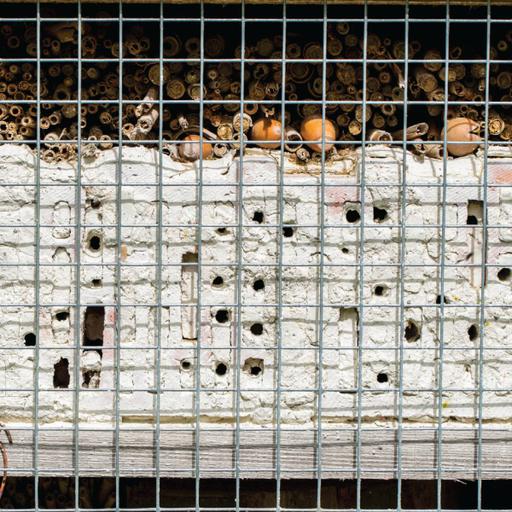Urban Biodiversity
Presentations | English
Biodiversity loss is an urgent global problem that is both caused by and has impacts on humans. Because most humans now live-in cities, there is a need to understand how cities impact biodiversity and how urban biodiversity impacts people. Urban biodiversity refers to the variety of living organisms, including their genetic variations, as well as the multiplicity of habitats in and around dense human settlements. Urban biodiversity responds to a combination of biogeographic and anthropogenic factors, with a strong influence of the latter. The primary force driving lose of biodiversity is habitat degradation. When the places where animals, plants, fungi, and the myriad other organisms live are converted to other uses, conditions change and the prior residents often move on or die. The two major causes of this habitat degradation are agriculture and urbanization. Urban biodiversity is at several exciting points of discovery. The growing stores of information collected on the distribution of organisms in urban areas around the world will provide the data to address synthetic questions in urban ecology.

14.25
Lumens
PPTX (57 Slides)
Urban Biodiversity
Presentations | English
